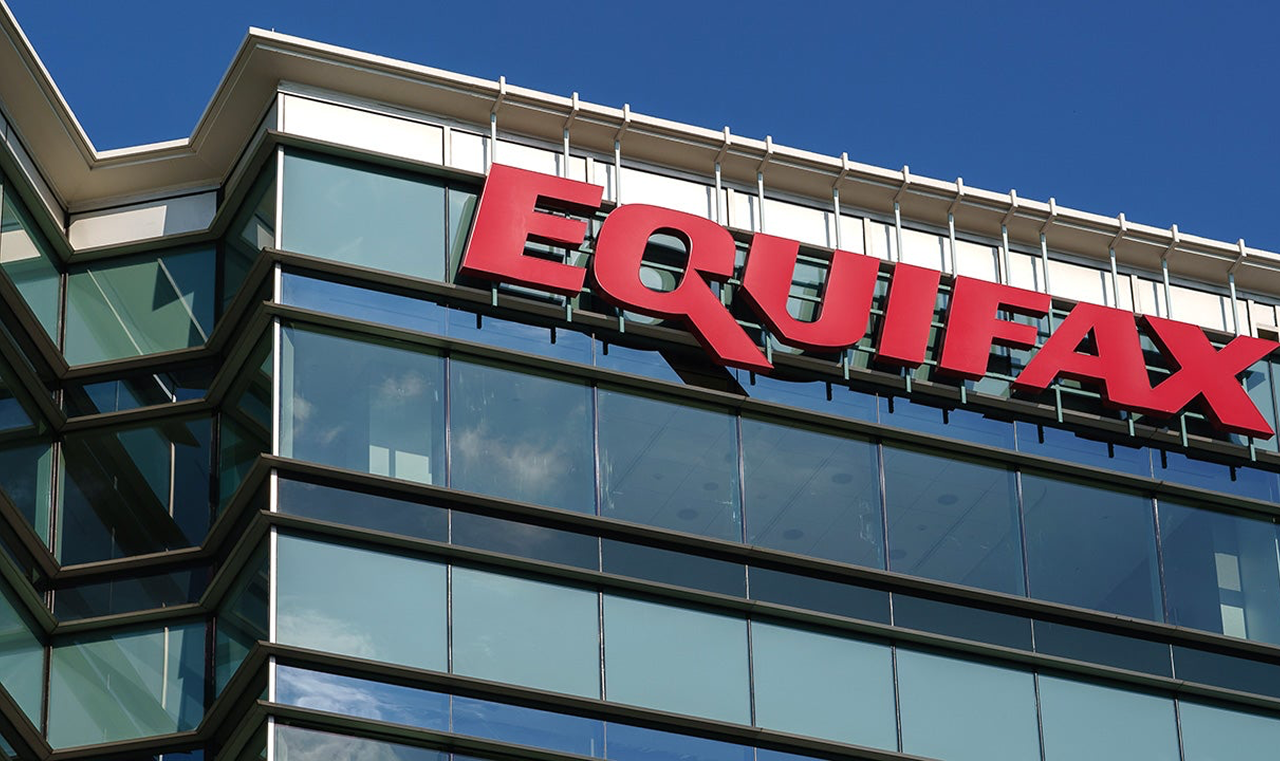Equifax Breach
An ex-AWS employee exploited a firewall misconfiguration to breach Capital One's cloud, impacting over 100 million U.S. and Canadian customers. Data stolen included names, addresses, credit scores, and over 140,000 Social Security numbers, along with 80,000 bank account numbers. This led to heightened scrutiny of cloud security and an $80 million fine for Capital One.

The Equifax Breach: A Stark Reminder of Cybersecurity Negligence
In the realm of cybersecurity, few incidents have made as profound an impact as the Equifax data breach of 2017. This catastrophic event, now widely regarded as one of the worst in U.S. history, exposed the sensitive personal information of over 147 million Americans, shaking public trust in data stewardship and highlighting dangerous gaps in corporate cybersecurity.
What Happened?
Equifax, one of the three major credit reporting agencies in the United States, was breached due to a known vulnerabilityin Apache Struts, a widely used web application framework. This flaw had been identified and publicly disclosed months earlier, along with a patch. However, Equifax failed to apply the update in time.
Hackers exploited this vulnerability to gain access to the company's systems over a period of several months—between May and July 2017. During that time, attackers were able to steal a trove of highly sensitive data, including:
- Full names
- Birthdates
- Home addresses
- Social Security numbers
- Driver’s license numbers
- Credit card details (for over 200,000 individuals)
This data, particularly the Social Security numbers and driver's license details, represents the kind of long-term personally identifiable information (PII) that can't be easily changed—making the impact of the breach even more severe.
Why It Matters
The Equifax breach is not just another data leak—it’s a case study in what happens when organizations fail to prioritize basic cybersecurity hygiene. Here’s why this breach is particularly concerning:
- Magnitude: Nearly half the U.S. population had their data exposed.
- Type of Data: Unlike passwords or credit card numbers, much of the stolen data (like SSNs) is permanent and can be used for identity theft for years.
- Preventability: The breach stemmed from a vulnerability with an available fix—making it a textbook case of negligence.
The Fallout
In the wake of the breach, Equifax faced intense public scrutiny, congressional hearings, and numerous lawsuits. In 2019, the company agreed to a settlement of up to $700 million, which included compensation for affected individuals and improvements to their cybersecurity practices.
However, the damage to consumer trust was incalculable—and many argue that the penalty was not enough to hold the company truly accountable.
Lessons Learned
The Equifax breach underscores several key lessons for organizations and consumers alike:
- Patch Management is Critical: Failing to apply software patches in a timely manner leaves systems wide open to attack.
- Data Minimization: Companies should reconsider how much data they collect and how long they retain it.
- Accountability Matters: Stronger regulations and enforcement are needed to ensure companies protect sensitive information.
- Consumer Vigilance: Individuals should monitor their credit reports and consider services like credit freezes or identity theft protection.
The Equifax breach was more than a corporate mishap—it was a wake-up call. As cyber threats continue to evolve, so must our approach to data security. For organizations, that means treating cybersecurity not as an afterthought, but as a core business function. And for consumers, it means staying informed and proactive in safeguarding our digital identities.


